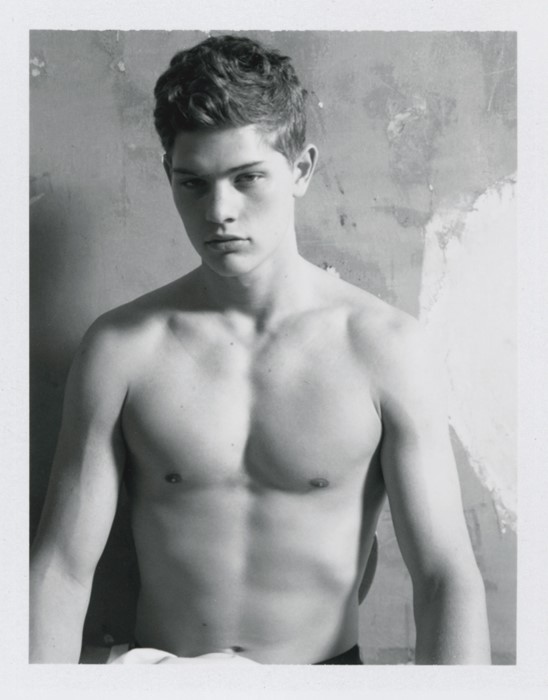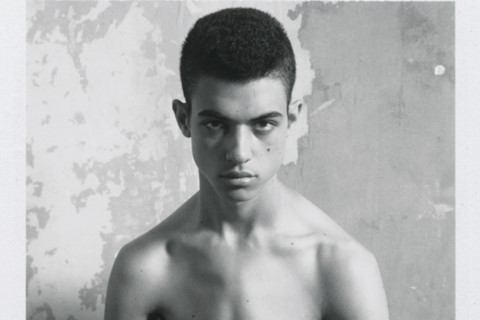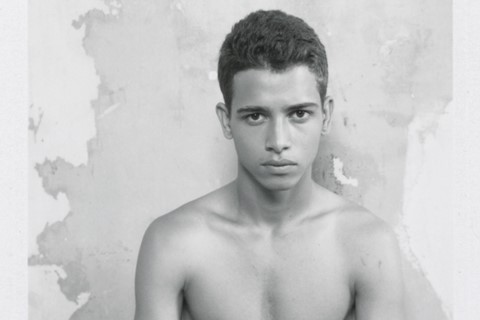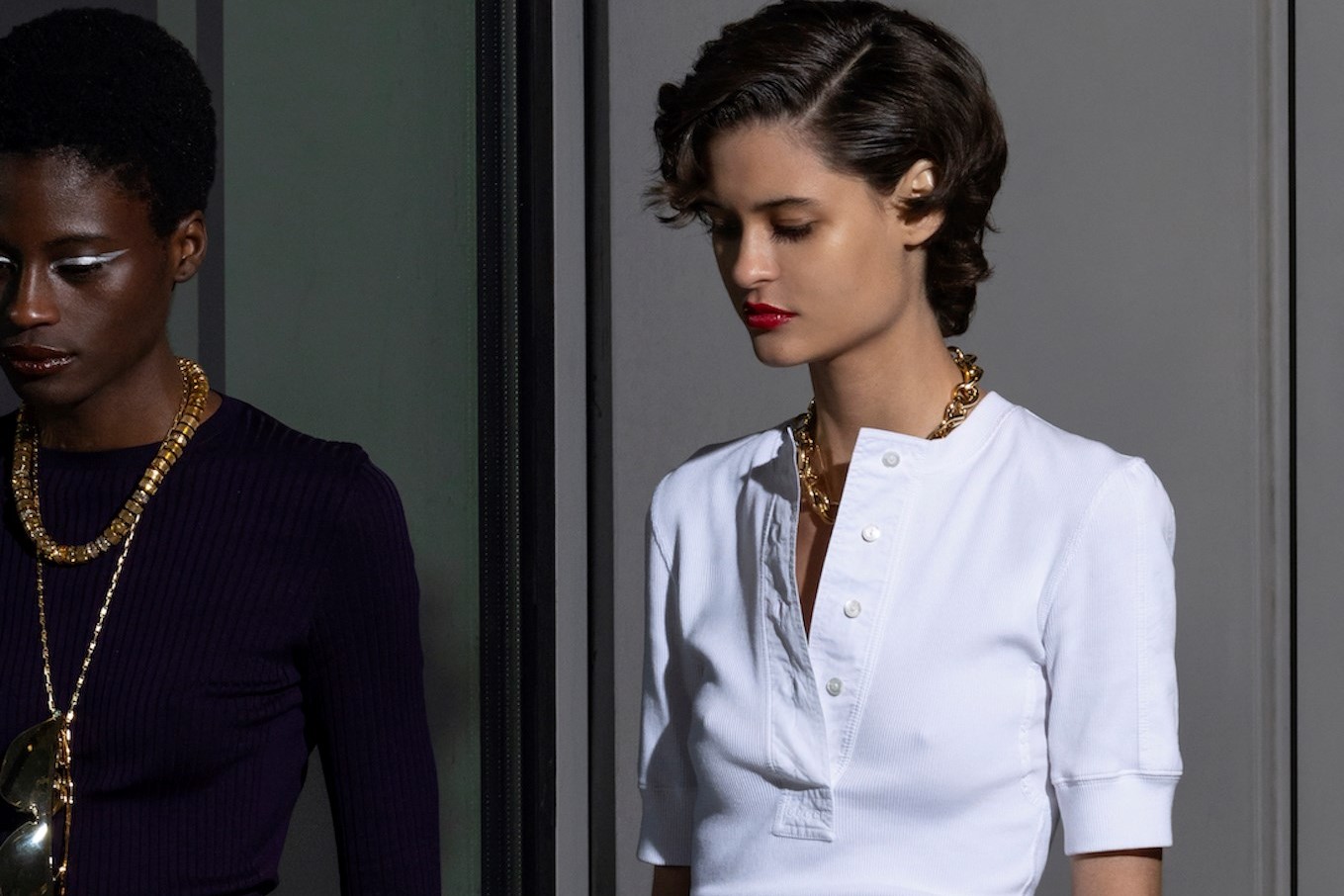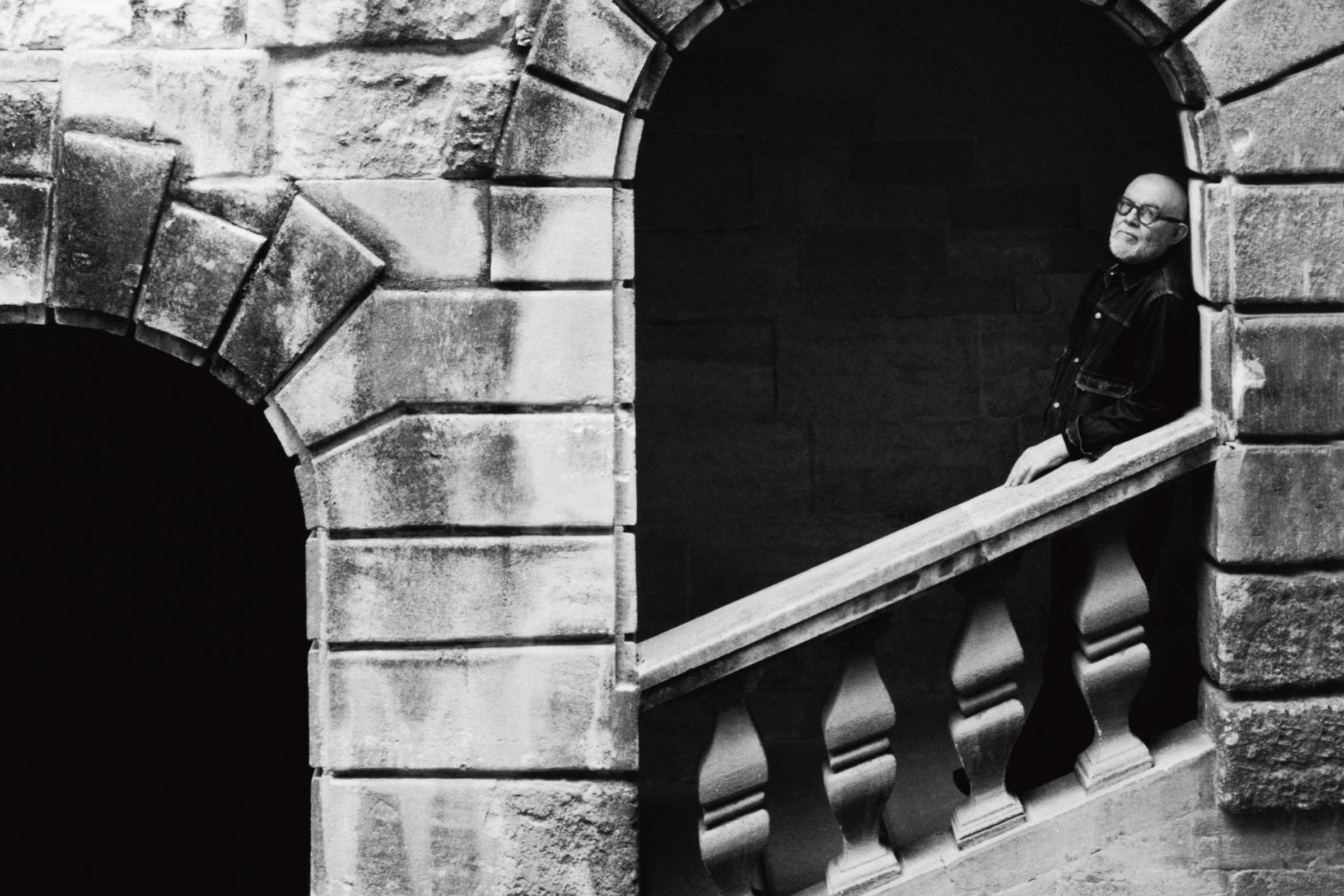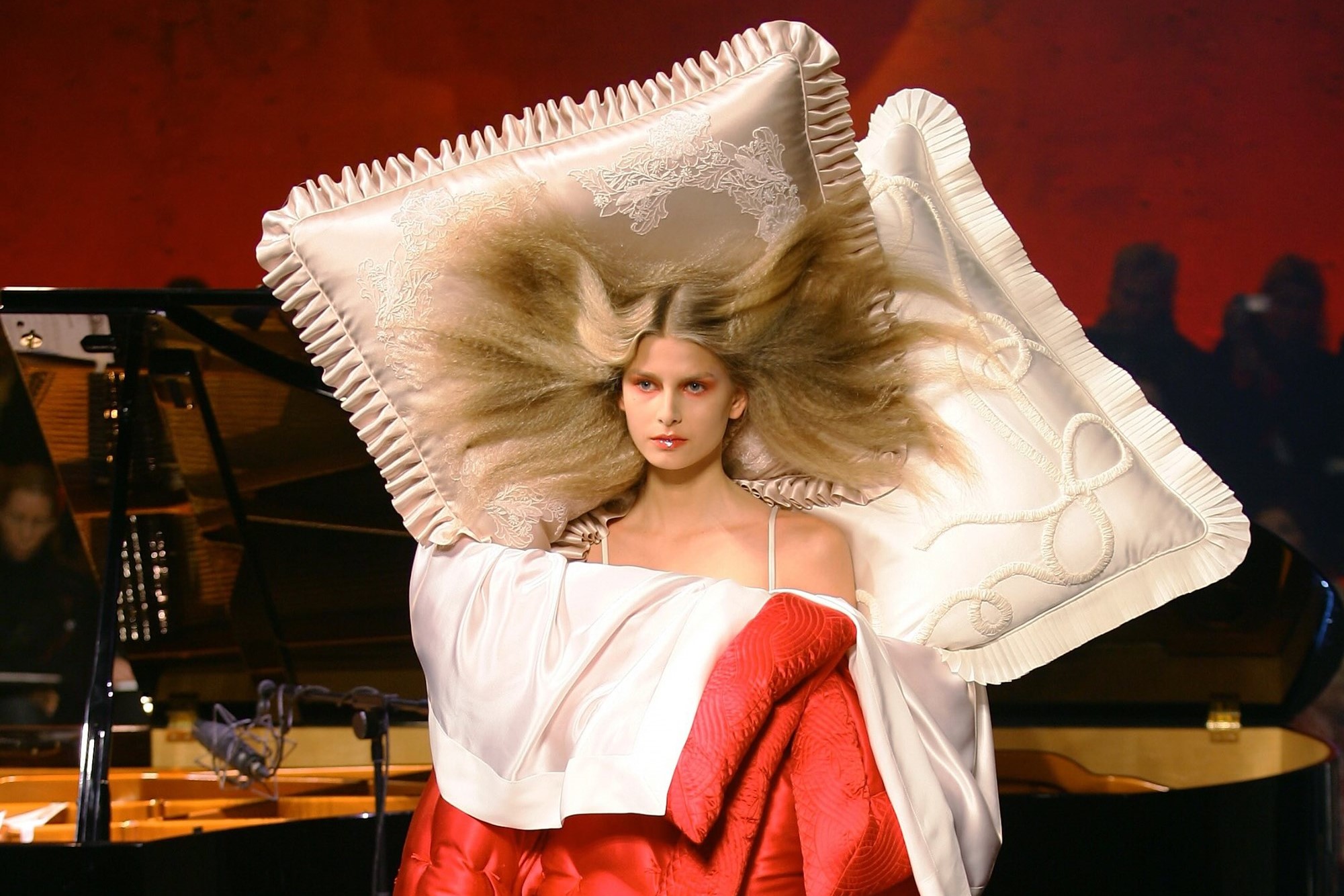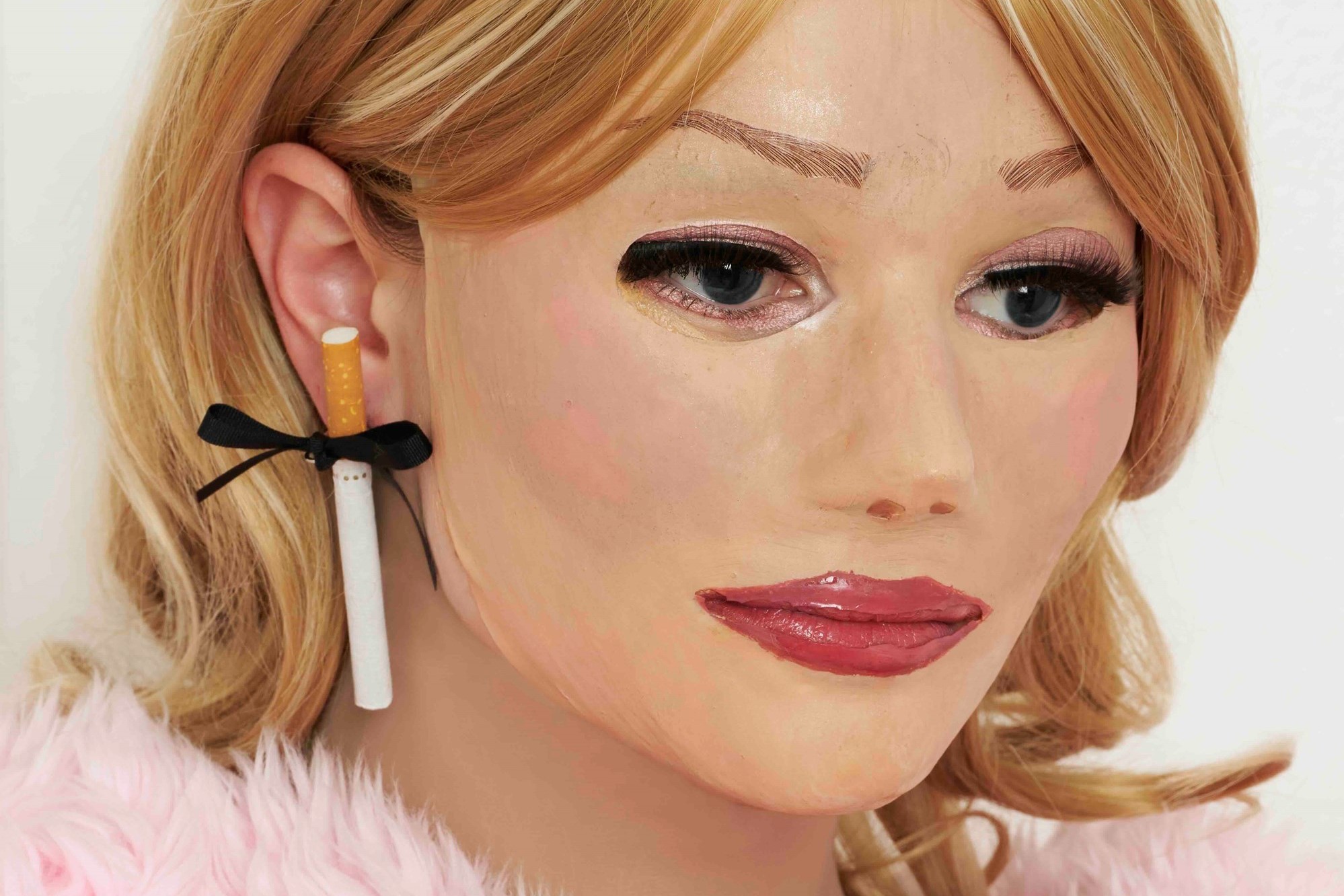In the current issue of AnOther Man, photographer Collier Schorr and stylist Robbie Spencer collaborated for this season’s Autumn/ Winter 2010 stripped back collections story. Entitled Clan, it features a series of candid black and white Polaroid
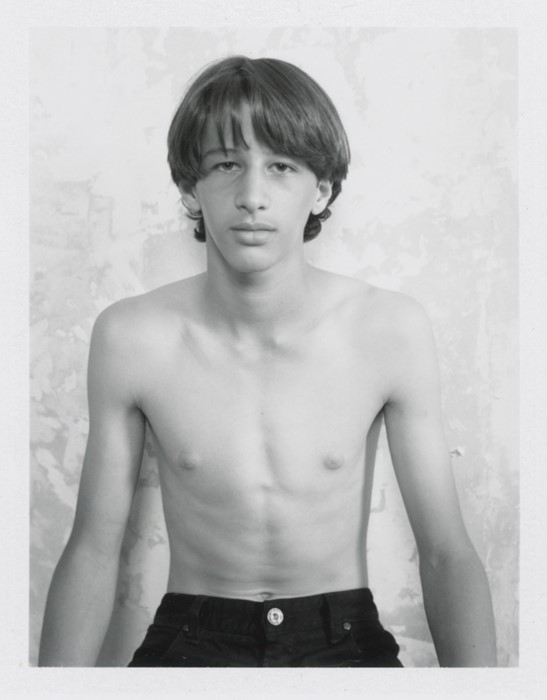
In the current issue of AnOther Man, photographer Collier Schorr and stylist Robbie Spencer collaborated for this season’s Autumn/ Winter 2010 stripped back collections story. Entitled Clan, it features a series of candid black and white Polaroid portraits of “interesting faces cast by Daniel Peddle; guys who are not typical models, whose faces tell their own stories,” explains Spencer. Photographed from the waist up they sit both dressed and undressed against a raw, textured wall. Focusing on the idea of a “tribe of real people” Schorr’s beguiling portraits hold the viewer’s gaze, in one of the most captivating menswear showcases of the season. Here we speak to Robbie Spencer about his second collaboration with Collier Schorr.
What were your main inspirations behind this piece?
We wanted to focus on characters from all walks of life. Collier is an artist first and foremost, so we did not want this story shot by a fashion photographer as such, we wanted it to be more candid and honest – something that portrays her work and sensibility as an artist. For us, it was important that fashion did not overpower the beauty of each individual character that she was documenting.
How did you find your setting?
We shot in an apartment belonging to a friend of Collier’s, using simple Polaroids. One by one the guys would come by throughout the day and we would put them into their looks and shoot them with and without clothes. We liked this idea of seeing each guy stripped back, revealing who they are and gaining a real sense of contact between them by looking at their different body types.
What kind of mood did you want these images to evoke?
Characterful portraits, combining winter clothing textures with the interior’s wall textures, we wanted the pictures to evoke an honesty. We wanted the kids to feel as if they were picked off the street, that they all hang out in somewhere like Tompkins Square Park. We shot each as individual portraits, and they all kind of work together visually even if a couple are younger, like younger followers of the older ones.
Why did you choose these models in particular?
Each one has something beautiful and engaging about them even if it was not instantly obvious on first impression – they all evoke something in their portrait, each one is a very different character.
Looking straight into the lens, each model’s stare really seems to hold the viewer’s – what directions did you give them?
Nothing really – we wanted them to be themselves.
Could you explain the title Clan?
Looking at the images there is this feeling that they are in a gang although the casting doesn’t instantly gel: each person demands their own presence within the story. They are quite a mixed bunch of guys, but still they somehow work well together.
What made you go for black and white film?
I love Collier's black and white Polaroids. For this particular project it seemed instinctive to do something very candid and honest, and black and white portraits seem to have this sensibility. It also feels timeless – these guys could have come out of post war East Berlin in the 50s, lived in Moscow in the 80s or from New York in 2010. Black and white Polaroid adds to the feeling of it being timeless and ambiguous, like they could be found photos.
Why did you only choose to shoot in portrait waist up?
We wanted to celebrate individuality – making individual heroic portraits of each person.
How would you sum up this story up in just one line?
A celebration of male youth and individuality.
Text by Lucia Davies
